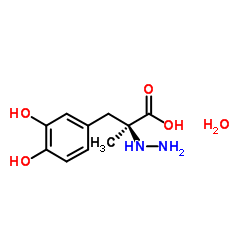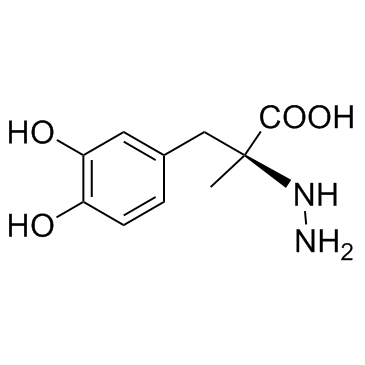| 结构式 | 名称/CAS号 | 全部文献 |
|---|---|---|
 |
卡比多巴
CAS:38821-49-7 |
|
 |
卡别多巴
CAS:28860-95-9 |
| 结构式 | 名称/CAS号 | 全部文献 |
|---|---|---|
 |
卡比多巴
CAS:38821-49-7 |
|
 |
卡别多巴
CAS:28860-95-9 |